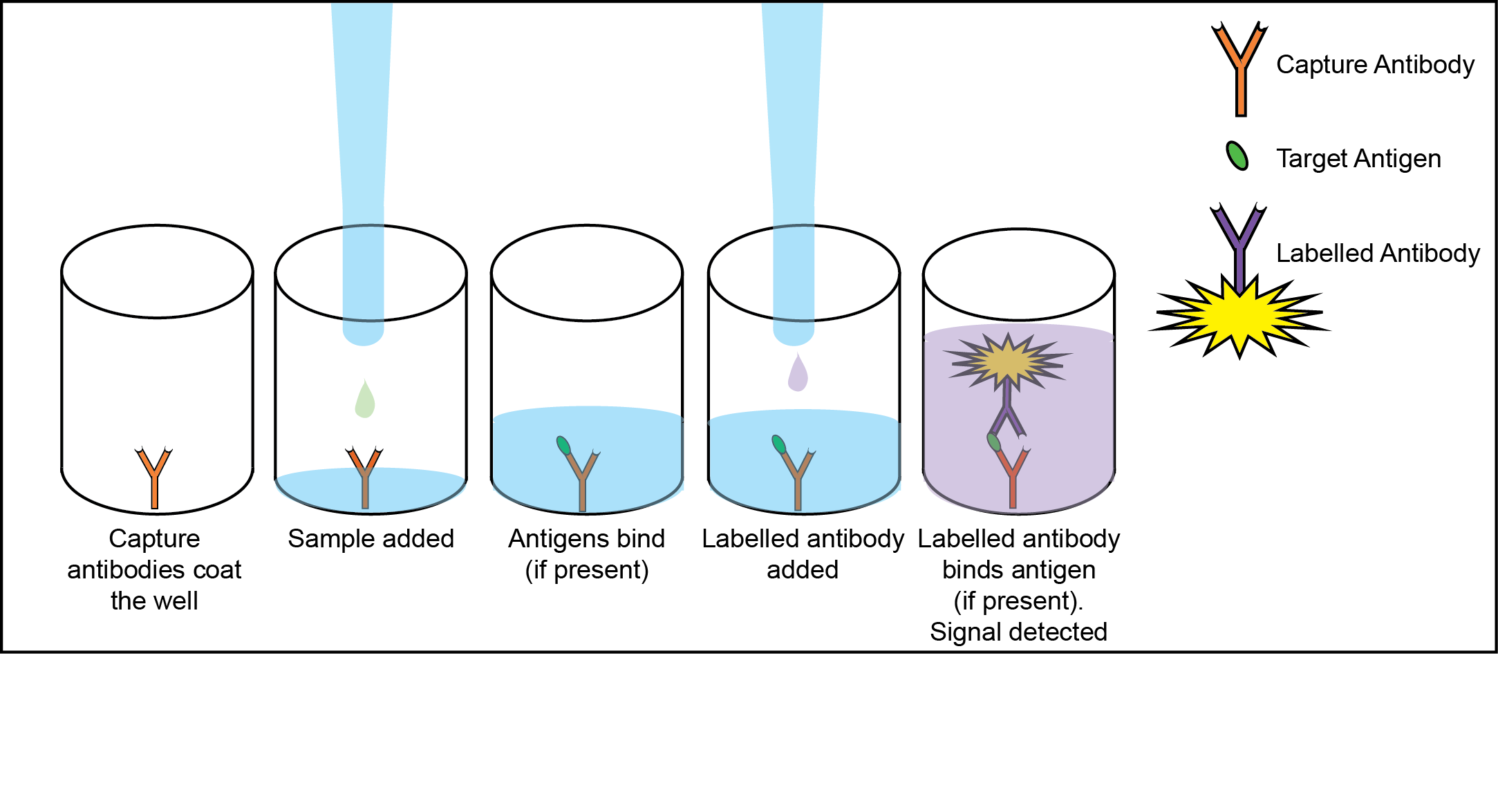
To vaccinate or not to vaccinate, that is the question. Much of the recent trend in society against vaccination is that the general population does not understand 1) how vaccines work and 2) how one's vaccination status can influence others. Further compounding this is rather low acceptance of the influenza vaccine, a vaccine which is sometimes not even effective against the strains predominantly in circulation. Through engaging in a conversation about the role of vaccines in immunity not only of oneself but also about surrounding persons, we can increase vaccine acceptance. Herein is a physical assay which illustrates the concept of herd immunity with differing levels of vaccinations within a population. Students will learn that low vaccination rates do little to nothing to stop disease spread and that a large portion of the population (80%) is necessary to achieve near-eradication. This lesson is able to be taught at multiple levels using supplies that can mostly be obtained at the grocery store. In addition to illustrating vaccination, this study approximates a direct enzyme-linked immunosorbent assay (ELISA), enabling students to better understand that technique and how it is used to diagnose disease as well as the interrelation between antigens and antibodies.

Melissa Kelley onto A&P materials
@
on